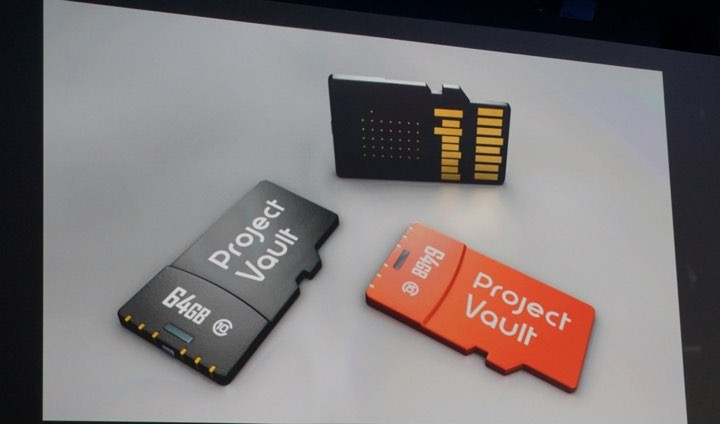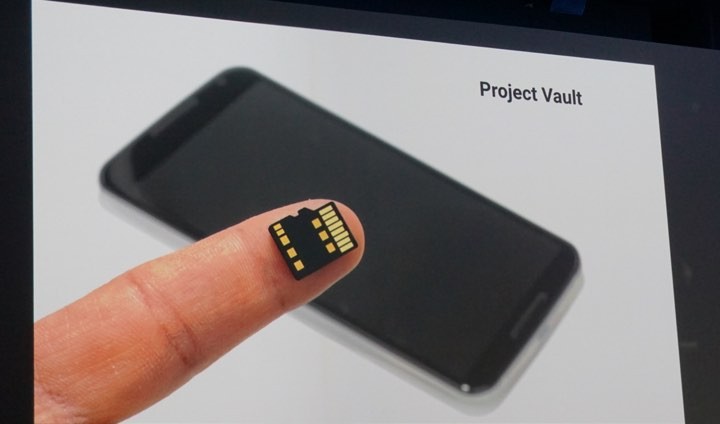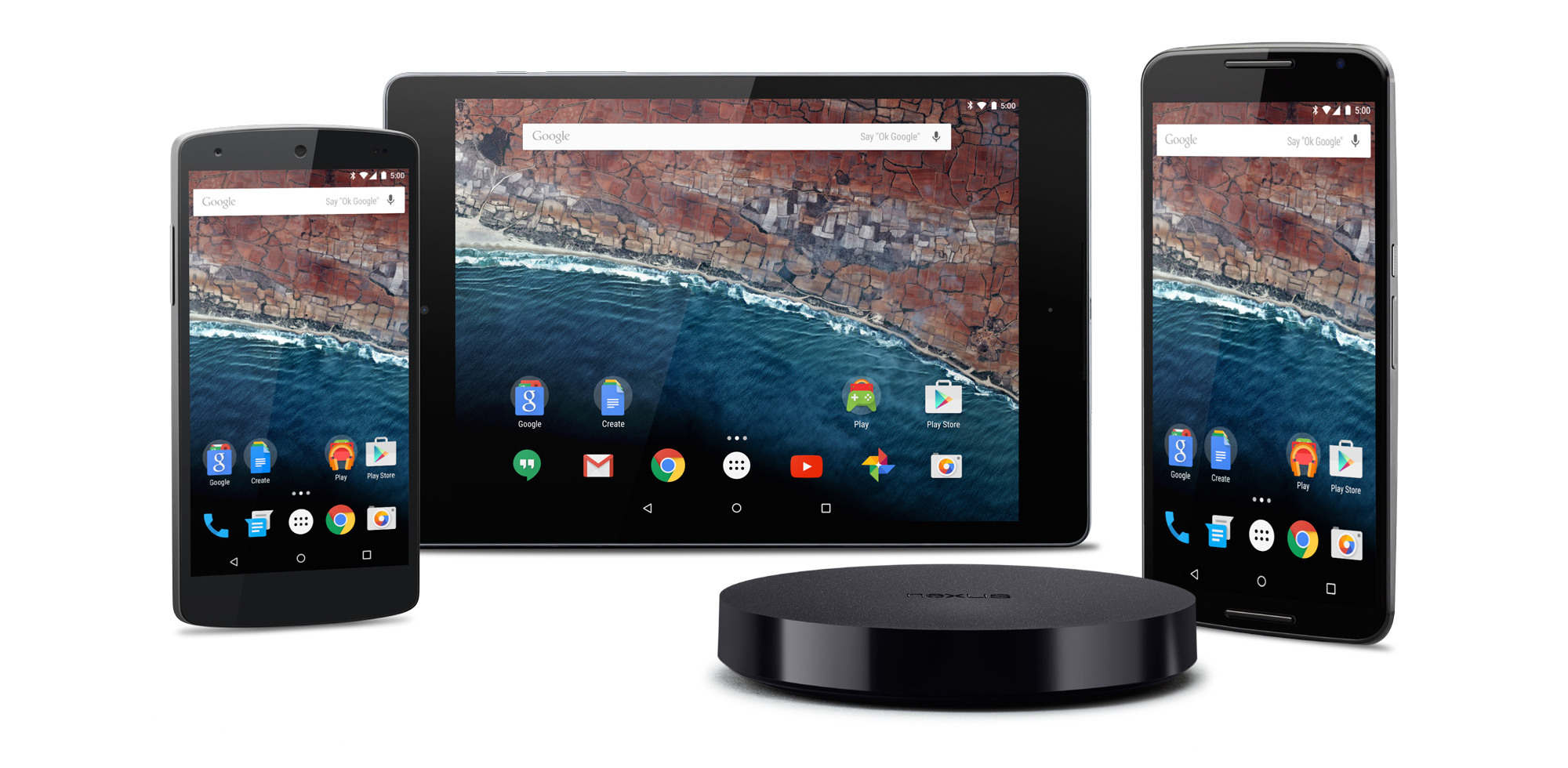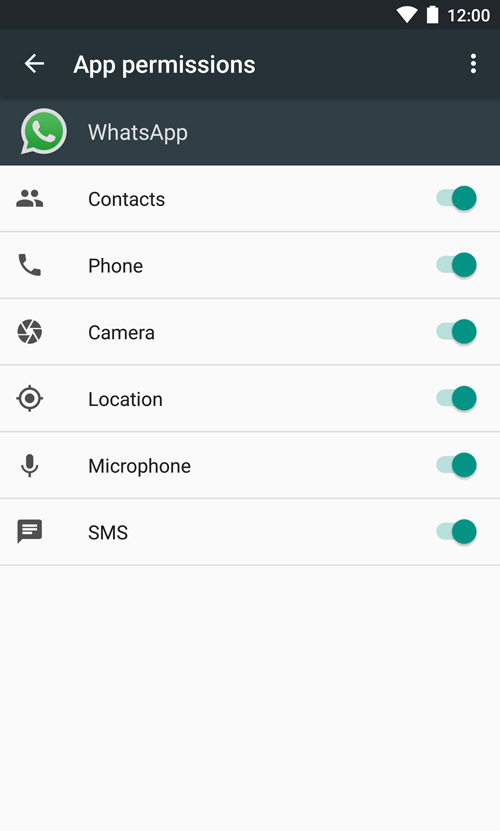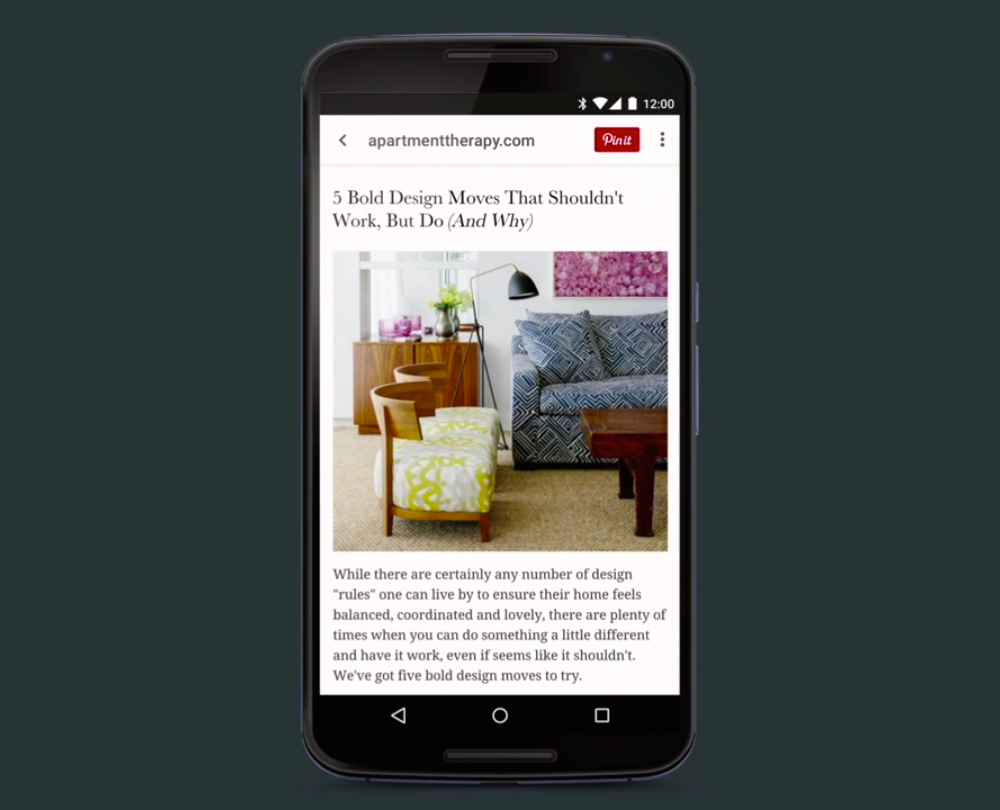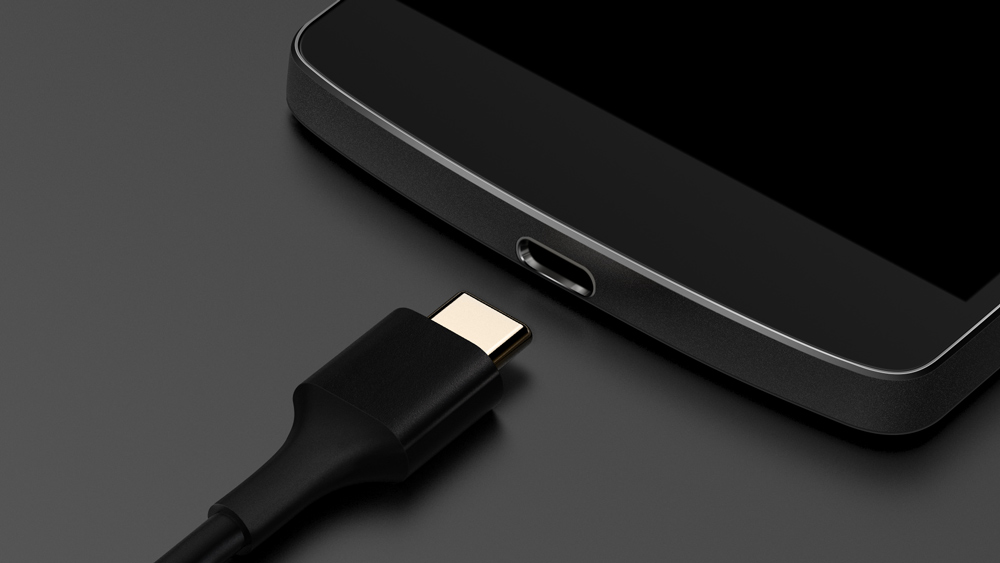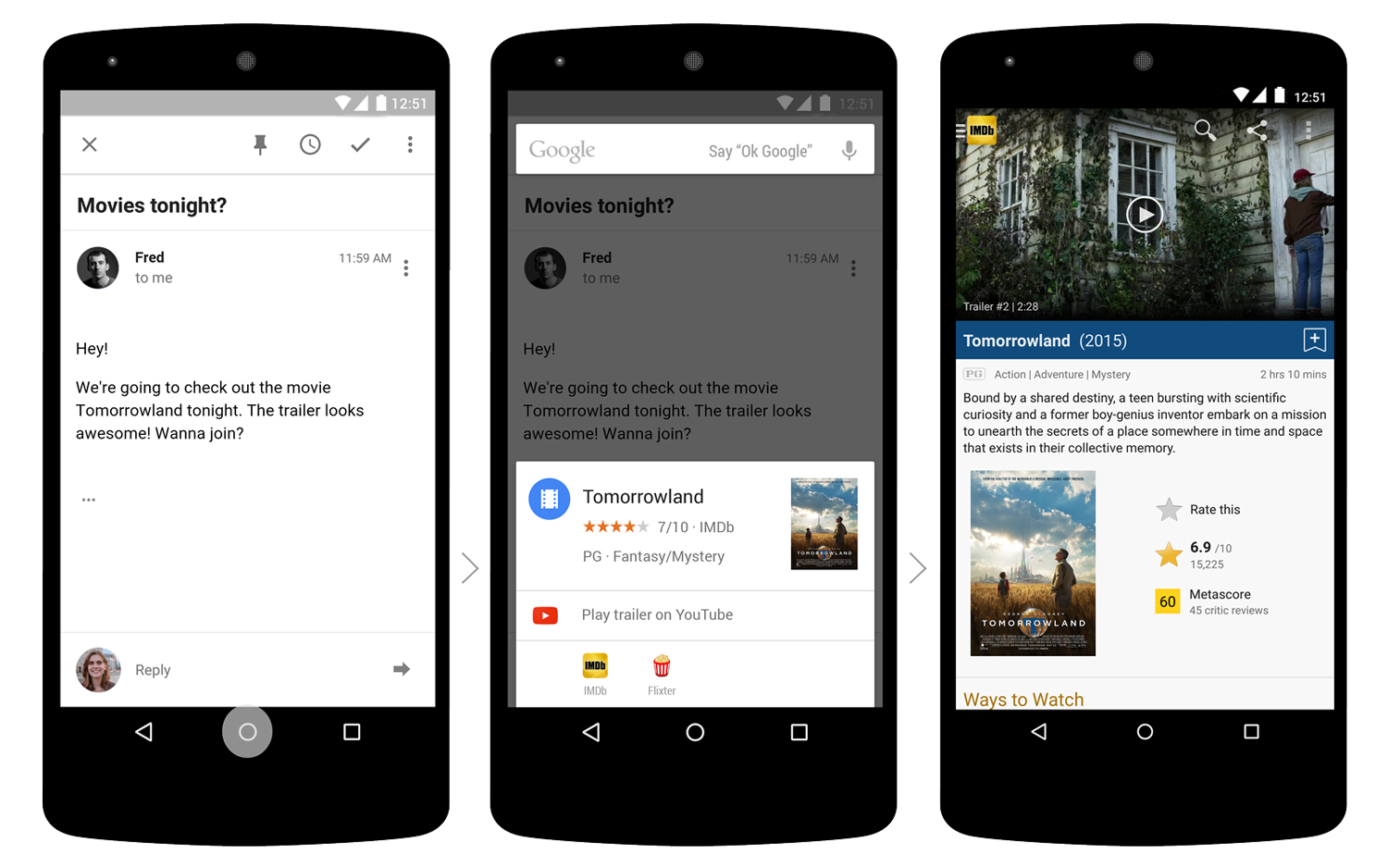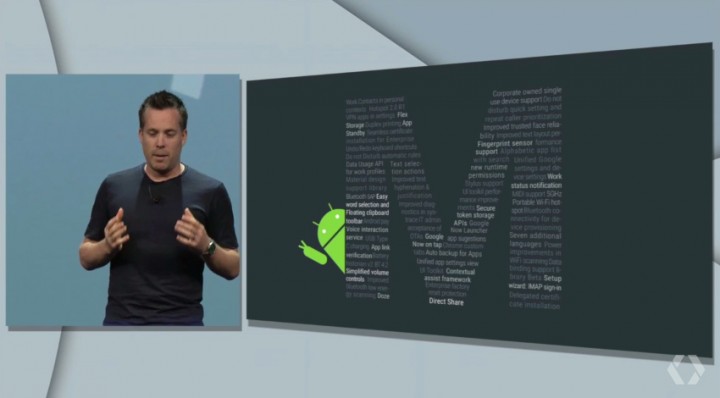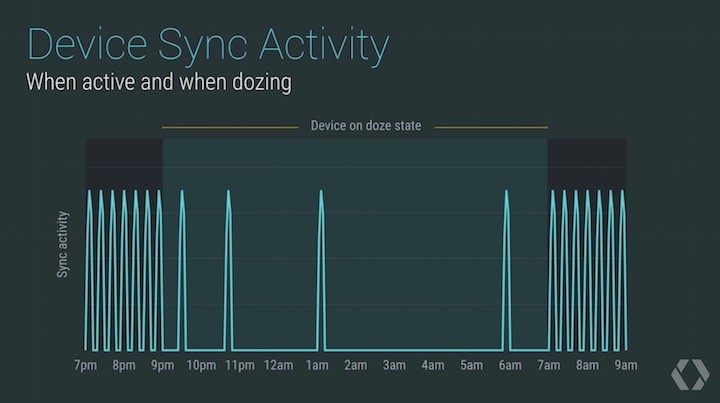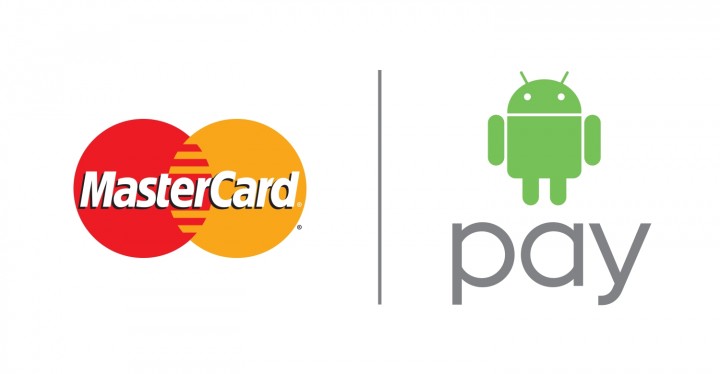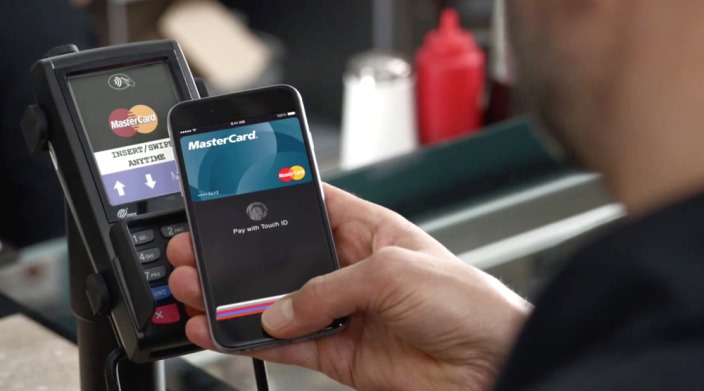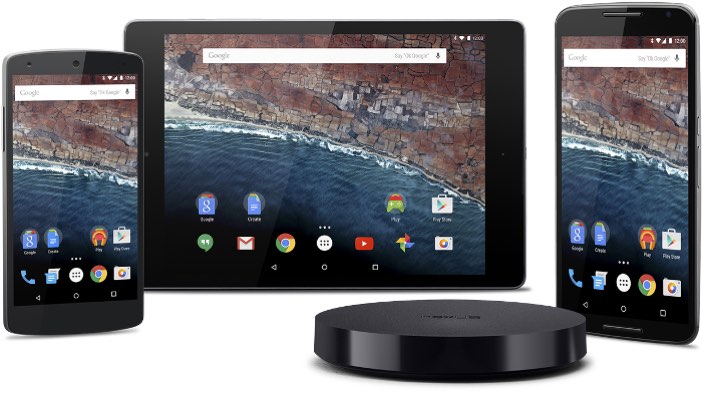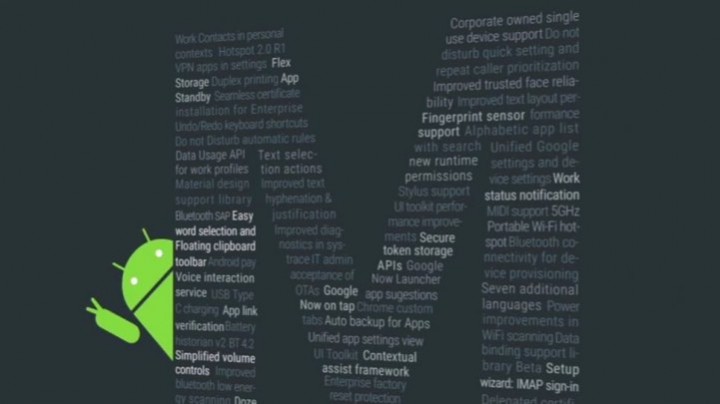Definitely, Google engineers like candy. The first Android operating system was called Donut (1.6), then followed by the Eclair (2.0), Froyo (2.2), Gingerbread (2.3), Honeycomb (3.0), Ice Cream Sandwich (4.0), Jelly Bean (4.1) , KitKat (4.4) and Lollipop (5.0). So it was expected that the new dessert to follow the tradition, which was confirmed on Thursday with the presentation of the new operating system (OS): it is called simply M – of M & M’S ?
The presentation took place in the first of two days of development conference I / O 2015 in San Francisco, California (USA). It is at this stage that projects are displayed and Google news in a technologically oriented strand for professionals and teams who develop software , but that turns out to garner attention from the press and the public in general, the more not least because it is there that are revealed the news that will be part of the mobile devices that run the Android OS, ie 78.9% of the global market.
The Android M will be available (for general public) in the third quarter of this year and will be a vitamin enriched version of the current Lollipop. More energy efficient, adds new features that rival competitor iOS (Apple). We highlight below some of the novelties of the new operating system from Google.
1. Application permissions system
Currently, when installing an application through the Google store, the user is warned of access that this application will be able to use (such as contacts, calendar, microphone and location) ie is granted a spectrum of hits on which there is no control, is an “all or nothing”, you agree to install the application with the access that it requires, or not at all. With the M, it becomes possible to accurately determine the permissions granted to each application and avoid “abuses”.
2. Energy optimization
The Android M will have a feature called Twelve (“snoozing”). Able to detect the inactivity smartphone , the M enter into “deep sleep” for longer periods, allowing double the battery life. Still, you can activate a list of messages and priority contacts and maintain the activated alarms.
3. Navigation offline
The Google Maps application will allow navigation offline , ideal for saving mobile data, especially the use roaming . To avoid overspending, research will still be optimized to load less data, including images. In addition, the browser Chrome now allow save pages in full, eliminating the use of mobile data.
4. Google Now more “smart”
The Android M card system will deliver content with more context. For example, when we are listening to a particular song he will tell us who is singing, if we look a film you can see immediately the trailer , or menu of a certain restaurant to get a dinner invitation in a message email . This system was called “Now on Tap” and will be for the entire device, integrating multiple applications. To be activated, just keep pressure on the main button smartphone . The “Now on Tap” will be able to recognize the application that is open ( email , browser , messages) and present links and suggestions according to what is read , see or hear.
5. Google Photos free storage with
Google has offered free storage integrated photo on Google Drive, but from now offers unlimited space for photos and videos, automatically reducing the size but “keeping quality”. If you prefer to keep the file with the original quality (considering the modern cameras that produce large files), this will continue to be conditioned to the available space on the drive. You can now download the new application Photos in Android and iOS.
But there’s more. Google Photos allows the organization and contextual search of images, as we have witnessed a few weeks ago at an event in Madrid. The system uses the geolocation and is able to recognize objects. Want to find photos that appear in a given place and date with a particular object (or even your dog)? Just ask, by mouth.
6. Payments
After the failure of Google Wallet payment system, the company introduced the Android Pay , which will work through NFC technology (touch and pay) and / or authentication fingerprint. Details of this system were still not completely understood, but Google promises that will be available in 700,000 establishments (in the US), through activation by mobile operators.
The new Android M will also include native support for new chips USB Type C, a new USB format without “double-sided”, ie that fits without the need to be attentive to the Record position. In addition, and for more power capacity, enables not only load the Android device but make him a charger from one another. The USB-C is already used, for example, the new MacBook from Apple, and the market trend points to the widespread format in the near future.
In the presentation of the first day of I / O conference were also highlighted other projects and features. New applications for the Android Wear (the OS of smartwatches ) Project Brillo that connects mobile devices to the “internet of things” (lamps , locks, thermostats, etc.) and support for virtual reality systems: a new format Cardboard , a “glasses” where it is possible to couple the smartphone . It was also announced one partnership with GoPro , the construction of a ring (or strap) where you can install 16 cameras. The software Google will build a stereoscopic image from multiple shots.
You can find more detailed information on the official website of the event.



